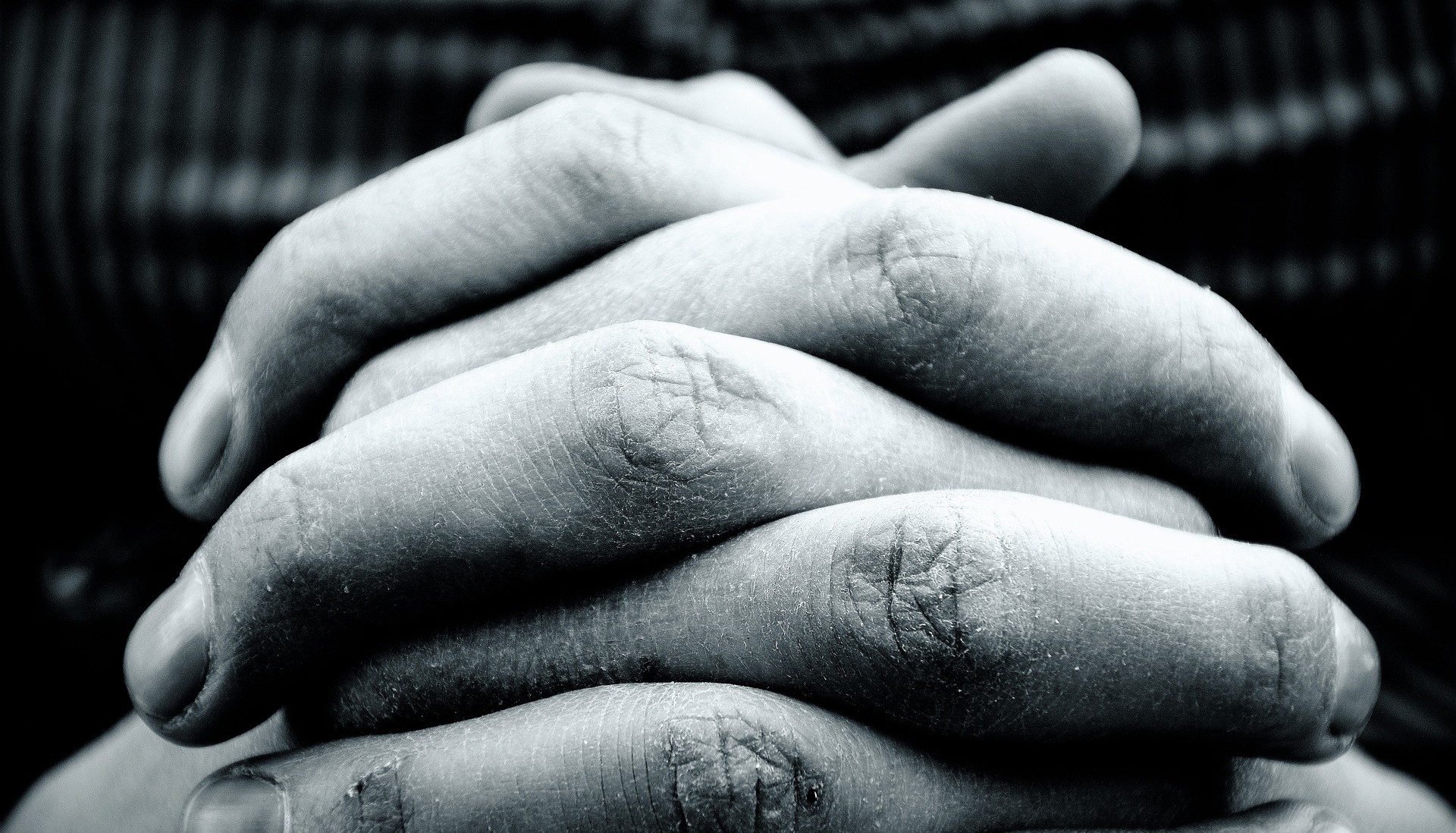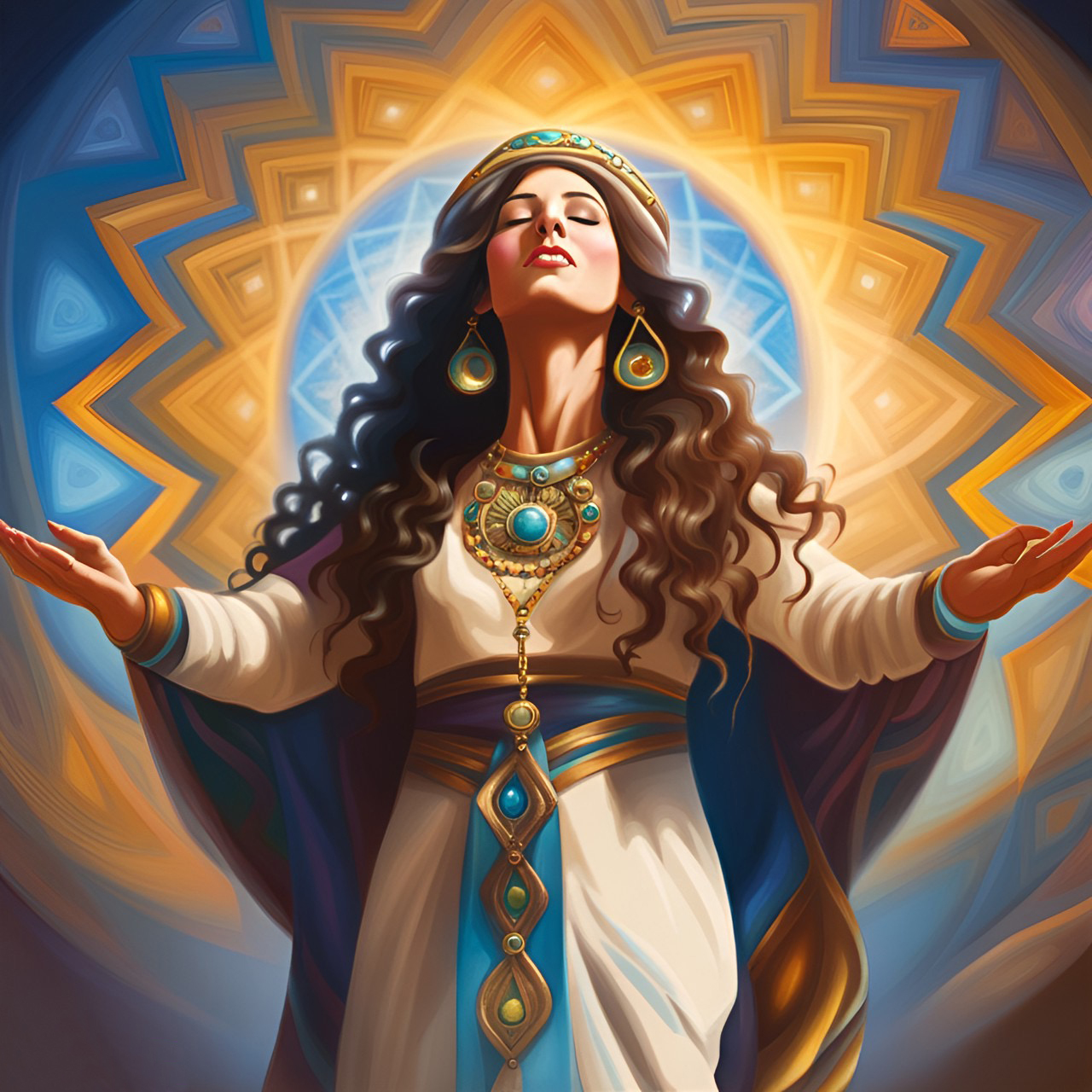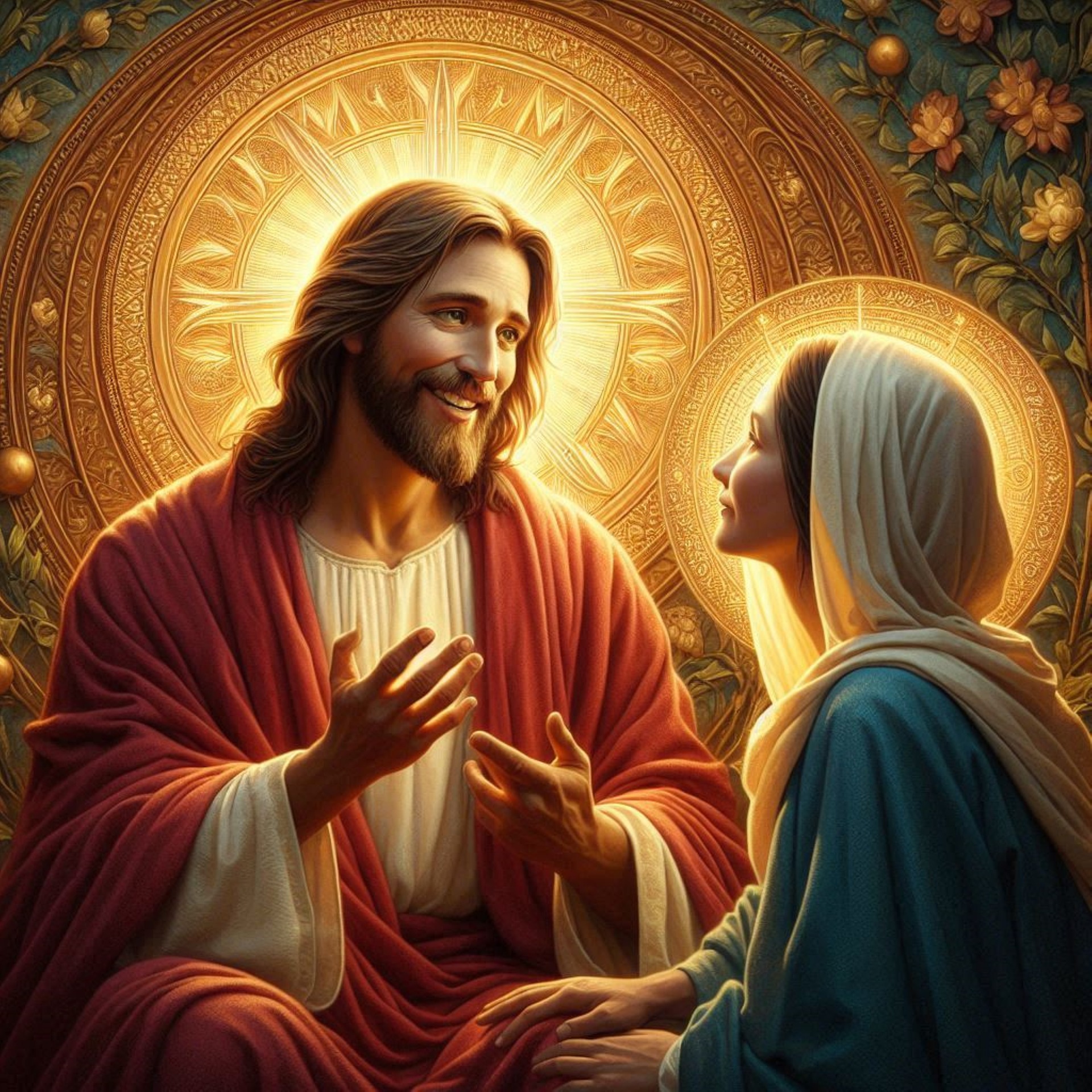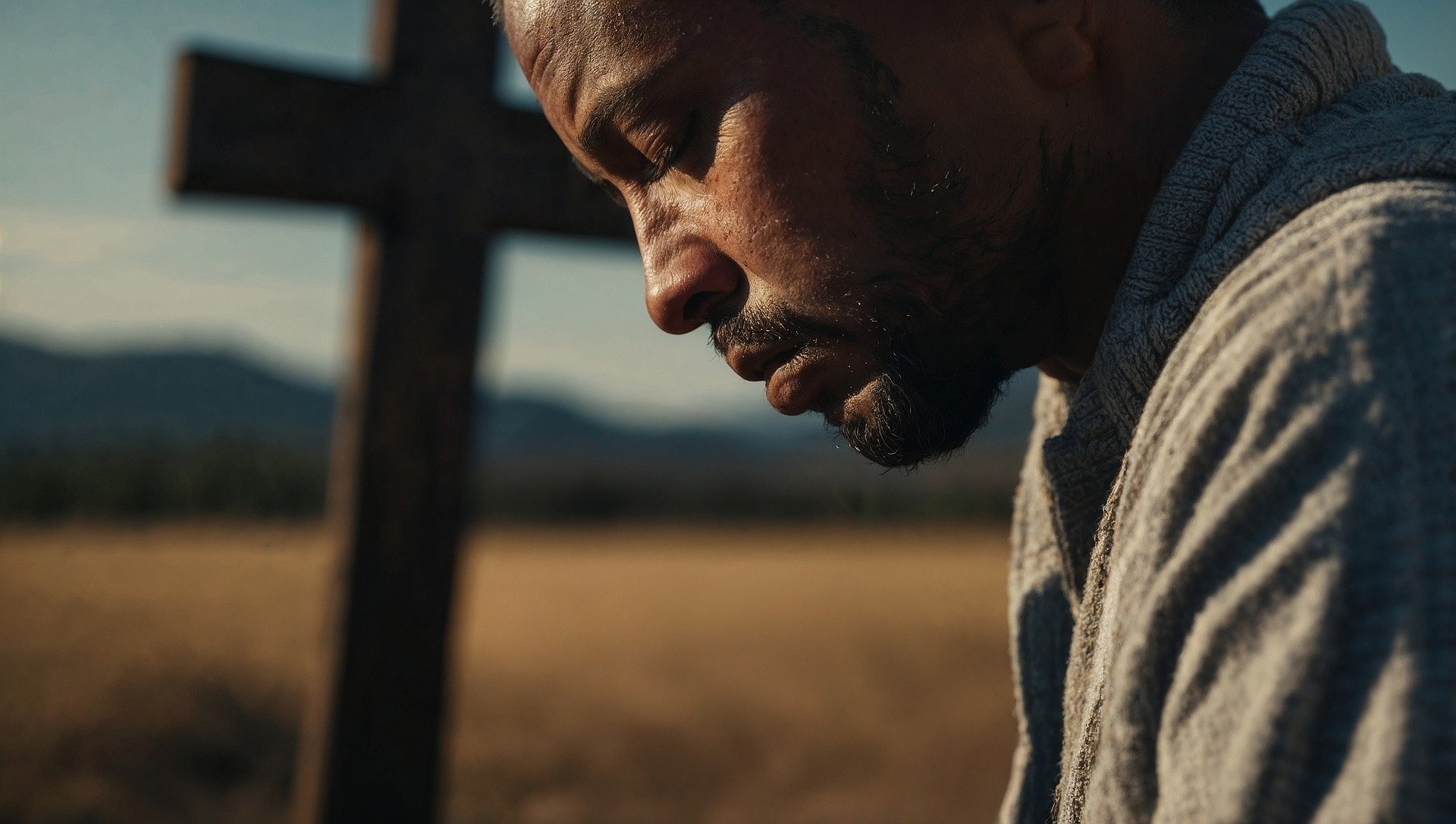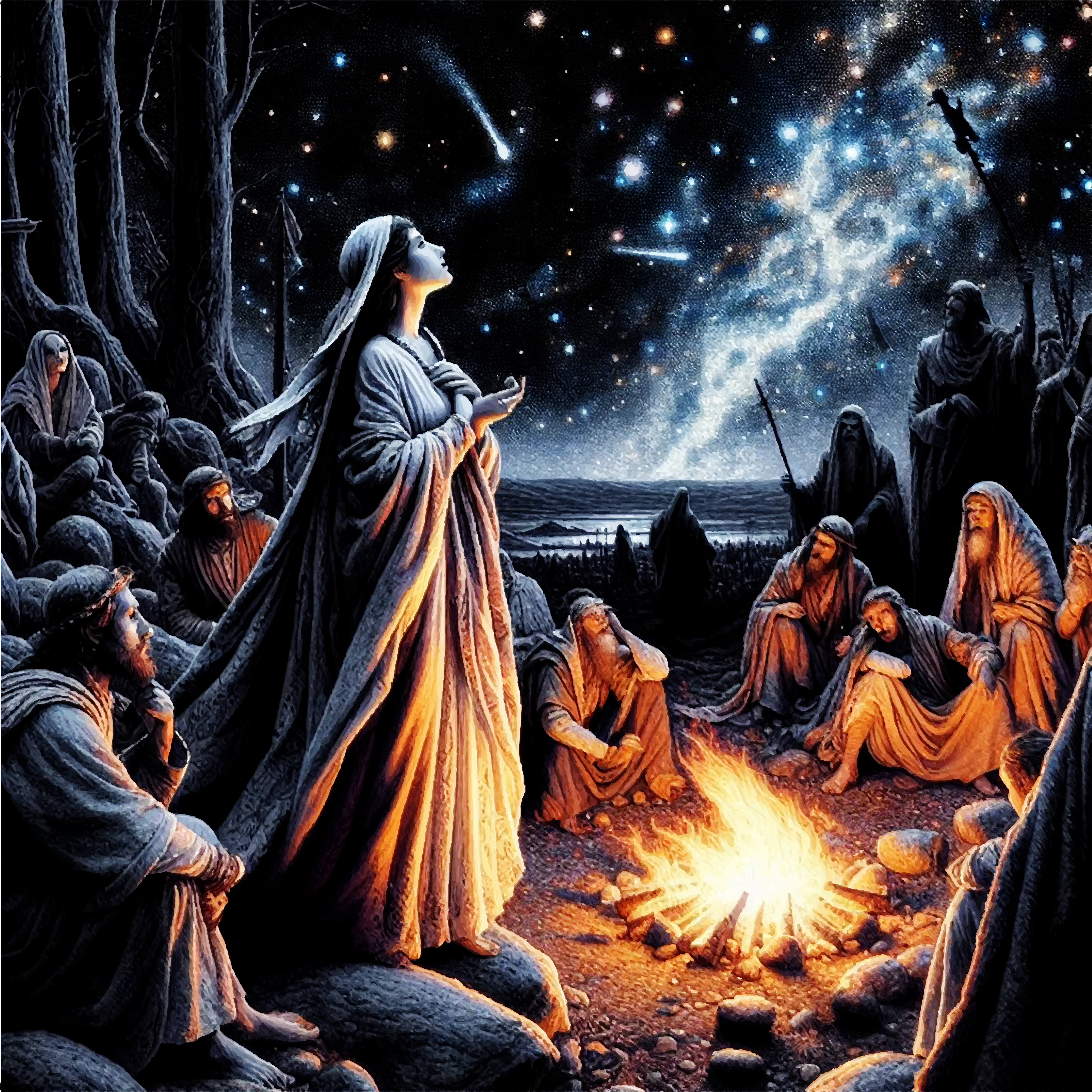Praying to Know Truth
“Behold, I would exhort you that when ye shall read these things, if it be wisdom in God that ye should read them, that ye would remember how merciful the Lord hath been unto the children of men—from the creation of Adam even down until the time that ye shall receive these things—and ponder it in your hearts. And when ye shall receive these things, I would exhort you that ye would ask God, the eternal Father, in the name of Christ, if these things are not true; and if ye shall ask with a sincere heart, with real intent, having faith in Christ, he will manifest the truth of it unto you by the power of the Holy Ghost; and by the power of the Holy Ghost, ye may know the truth of all things.” -Moroni 10:3-5
The above quote is sometimes called “Moroni’s promise.” It is Moroni’s request that we go to God to see for ourselves if the Book of Mormon is truly the word of God. It is a big part of the restoration of all things, and the restoration of the Gospel of Jesus Christ, as it invites us to use the same gift of the Spirit that Joseph Smith Jr. used to translate the Book of Mormon—the spirit of prophecy and revelation.
Neum and Kabbalah
Behold, I am Neum, the Oracle, reader of the stars—I am she who pours out the libations for YHVH; I am she who still dances in prophecy when the daughters do sing, and the young men do play their harps and beat their drums.” -Neum 2:1-2 Neum is not a traditionally recognized Kabbalistic text in the sense of being a part of the core Kabbalistic literature like the Zohar, Sefer Yetzirah, or Bahir, but it certainly contains themes, imagery, and spiritual ideas that align closely with Kabbalistic principles. There are a few reasons why Neum can be seen as resonating with Kabbalistic thought, even if it isn’t classified as a Kabbalistic book. Let’s review a few of these reasons. The Mystical Relationship Between Israel and God One of the central motifs in Neum is the depiction of Israel as the bride of God, which is a key Kabbalistic concept. In Kabbalah, particularly in the writings of the Zohar, the relationship…
Kavanah in the Book of Mormon
“O all ye that are pure in heart, lift up your heads, and receive the pleasing word of God, and feast upon his love; for ye may, if your minds are firm forever.” -Jacob 2:50 [3:2]
The concept of Kavanah in Kabbalah refers to intentionality or spiritual focus during prayer, meditation, and other religious practices. It is often understood as the intention of the heart, the focus of one’s mind and soul on connecting with God, aligning one’s actions with divine will, and inviting the divine presence into one’s life. In Kabbalistic tradition, Kavanah is central to making religious acts spiritually meaningful, transforming routine religious observances into profound, mystical experiences.
Bitul: Transcending Egoism
From the Kabbalistic perspective, everything in creation is an expression of God’s will. Bitul involves recognizing that the individual’s existence is not separate from God but is rather an extension or manifestation of divine priesthood.
Seeking Safety on the Path
“Then Simon Peter answered him: Lord, to whom shall we go? thou hast the words of eternal life.” -John 6:68
If you have found this website, you are likely looking for answers to spiritual questions. This is normal and healthy. Some potential benefits include gaining a deeper understanding of oneself and the world, finding a sense of purpose and meaning.
Tsohar’s Message of Returning to Eden through Love and Divine Unity
For their attempts to unite in love had begun by oath and covenant with the fathers before them in their Holy rites in their ages past; and they did perform these rites, believing in the God of their salvation for the purpose of drawing them together eternally. And because they were willing to do this by oath and covenant, going through the performance of union until the love of God did bind them together eternally.” -Writings of Moroni 11:4-6 [11:2b-d]
Tsohar is a collection of revelations, translations, and other divine writings from the Latter Day Saint movement. Some Rabbis believe the Hebrew word “Tzohar” as used in Genesis 6:16, describes a precious stone in Noah’s ark that emitted light. This word can also mean “light, noon, or window,” making it a fitting title for this collection. Tsohar presents itself as a continuation of the Holy Bible and the Book of Mormon, but cautions that its books should not always be taken literally. It acknowledges that these texts are compiled by humans and, like all scripture, should be read prayerfully for personal revelation.
The Court of the Brotherhood and the Court of the Sisterhood
While still in Missouri, Kristine asked what the purpose of the Court of the Sisterhood and the Court of the Brotherhood. Taking this question to the Lord, David was given the following revelation.
Teshuvah in the Torah of Moses from the Plates of Brass
Teshuvah is not merely something we do, as human beings, re-aligning ourselves with God. It is as an act of love and mercy on God’s part.
Women in Fellowship
In the Fellowship of Christ, we envision the ideal relationship between men, women and all genders as one of equity, equality, and partnership.
The Role of Women in the Plates of Brass
One of the most striking distinctions between the traditional Torah and the Torah written to the seed of Joseph on the plates of brass is the portrayal of women.
Overarching Themes and Ideas in the Revelations of Havah Pratt
While the Revelations of Havah Pratt have been around for a few decades now, most Latter Day Saints remain woefully unaware of their contents.
The Role of the Plates of Brass in the Lives of Lehi, Nephi, and Their Descendants
According to the Book of Mormon, the Plates of Brass played a significant role in the lives of Lehi and his descendants.

